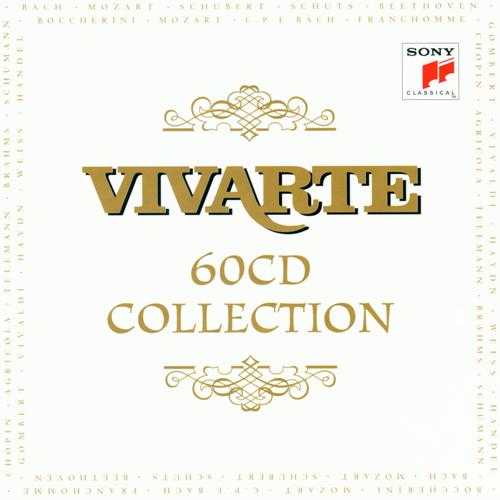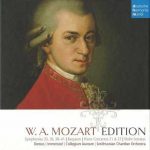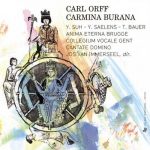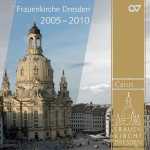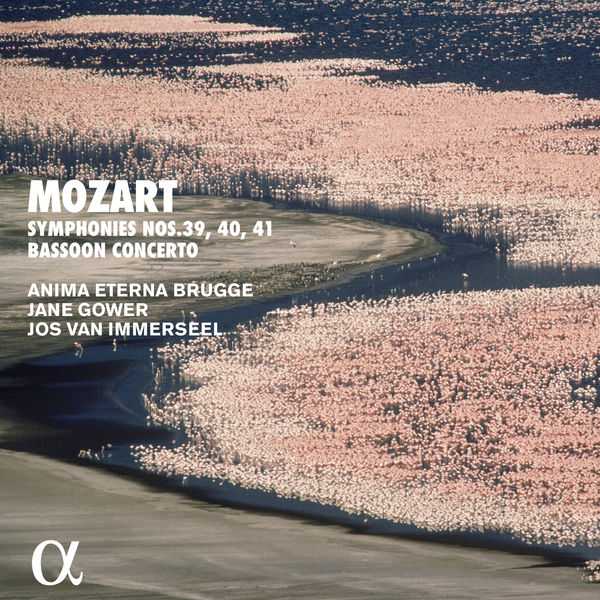
Composer: Wolfgang Amadeus Mozart
Performer: Jane Gower, Anima Eterna Brugge
Conductor: Jos van Immerseel
Number of Discs: 2
Format: FLAC (tracks)
Label: Alpha
Catalogue: ALPHA352
Release: 2018
Size: 503 MB
Recovery: +3%
Scan: cover
CD 01
Symphony No. 39 in E-flat Major, K. 543
01. I. Adagio – Allegro
02. II. Andante con moto
03. III. Menuetto (Allegro) – Trio
04. IV. Finale (Allegro)
Symphony No. 40 in G minor, K. 550
05. I. Molto allegro
06. II. Andante
07. III. Menuetto (Allegretto) – Trio
08. IV. Allegro assai
CD 02
Symphony No. 41 in C Major, K. 551 “Jupiter”
01. I. Allegro vivace
02. II. Andante cantabile
03. III. Menuetto (Allegro)
04. IV. Molto allegro
Concerto for Bassoon in B-Flat Major, K. 191
05. I. Allegro
06. II. Andante ma adagio
07. III. Rondo (Tempo di menuetto)
During a scant ten weeks in the summer of 1788, Mozart wrote three outstanding symphonies, highly innovative in their complexity and length. He was thirty-two and living in Vienna, a city which had offered him numerous opportunities in the past. Musically, it had provided a platform combining excellent musicians and enthusiastic audiences. In more personal terms, it was the place where he had freed himself from the emotional pressure exerted by his father Leopold and his former employer, the Archbishop of Salzburg. However, Viennese audiences were no longer interested in his masterful modernist compositions. When Mozart composed these, his last three symphonies, he was thought of as a ‘dissonance hunter.’ In this symphonic ‘trilogy,’ Mozart illuminates all aspects of human expression, quite independently of his personal situation. Each work presents a different character. No. 39 in E flat major contains numerous elements reminiscent of chamber music, while no. 40 in G minor makes clear references to opera. No. 41 in C major includes formal elements from Baroque music (overture, concerto, fugue). Its synthesis of sonata form and fugue was, and still is, a tour de force that could only have been written by Mozart.
